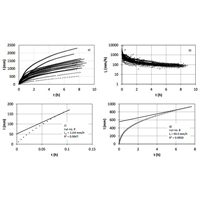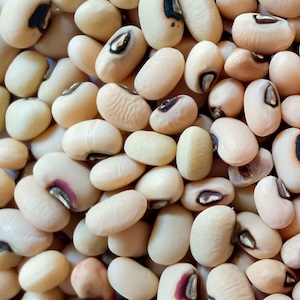Run duration effects on the hydrodynamic properties of a loam soil estimated by steady-state infiltration methods

All claims expressed in this article are solely those of the authors and do not necessarily represent those of their affiliated organizations, or those of the publisher, the editors and the reviewers. Any product that may be evaluated in this article or claim that may be made by its manufacturer is not guaranteed or endorsed by the publisher.
Authors
Steady-state methods for the analysis of single-ring infiltration data are commonly applied. However, the duration of an infiltrometer experiment is often established quite subjectively based on the assumption that in general infiltration stabilizes rather quickly in the field. For a loam soil, the effect of the duration of a beerkan run on sorptivity, S, and saturated hydraulic conductivity, Ks, was tested by using the BEST (Beerkan Estimation of Soil Transfer parameters)-steady method and SSBI (Steady version of the Simplified method based on a Beerkan Infiltration run) method for data analysis. The standard experiment, based on a total of 15 water volumes each establishing an initial ponding depth of ~0.01 m (on average, 0.32 hours of infiltration), yielded approximately two and >100 times higher S and Ks values, respectively, than a long run (117 water volumes or 8.1 hours). Stabilization was faster for S (approximately in 3 hours) than Ks (6 hours). Similar Ks values were obtained with BEST-steady (192-261 mm/h) and the SSBI method (177-184 mm/h) for the standard run but not for the long-duration run (1.5-2.1 and 20-21 mm/h, respectively). This discrepancy was due to the fact that more information on the infiltration process is used by BEST-steady (total duration, total infiltrated water, steady-state infiltration rate) than the SSBI method (only the latter variable). In conclusion, Ks estimates are very sensitive to the used water volume for the run. The run duration should not only depend on the attainment of near steadiness, but also on the possibility of capturing the soil hydraulic behaviour in a representative situation for the hydrological process under study. In the near future, the possibility of using the hydrodynamic soil properties determined with the tested methodology to simulate rainfall effects on soil structure should be investigated.












